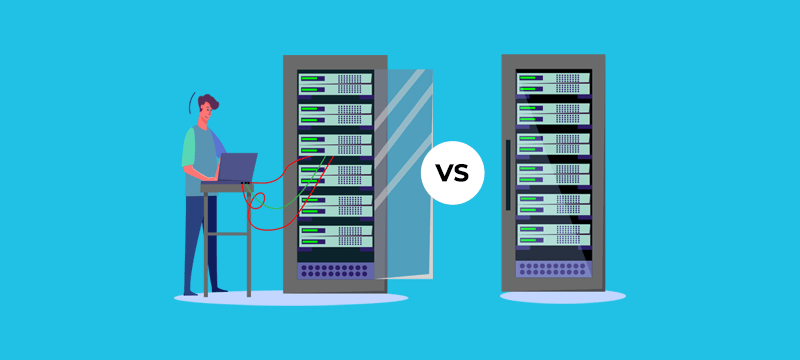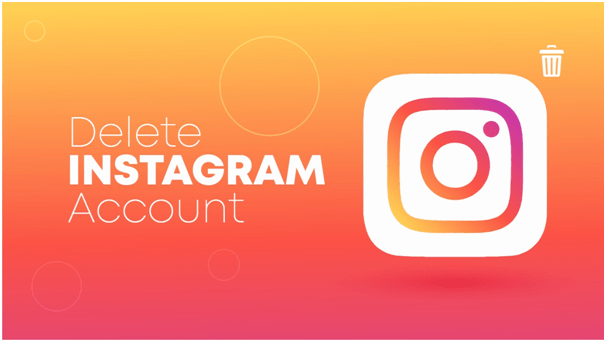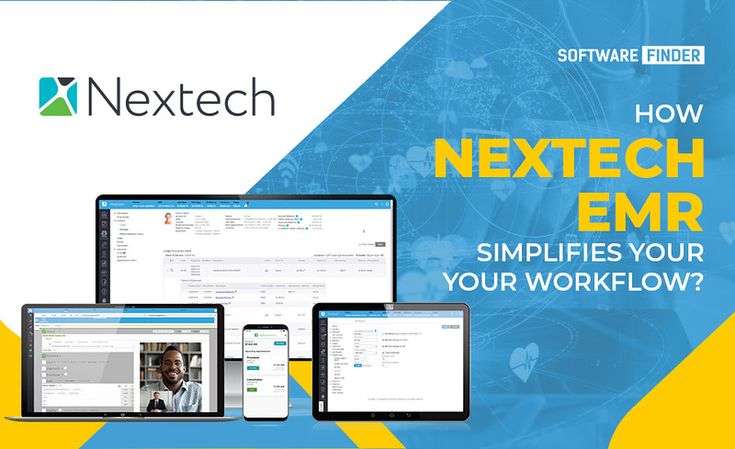Unlocking a World of Knowledge: Exploring Educational Opportunities in Social Media
In an era characterized by rapid technological advancements, social media has evolved from being just a platform for connecting with friends and sharing personal updates to becoming a hub of educational opportunities in social media. As digital landscapes expand, so do the ways in which we access and consume information. Social media has emerged as a powerful tool for both formal and informal learning, offering a diverse range of educational opportunities in social media that are easily accessible to a global audience. In this blog, we will delve into the various educational prospects that social media platforms offer and explore how they are shaping the future of learning.
Here Are 10 Importance Of Social Media In The Education Sector:
Social media has significantly transformed various aspects of our lives, and the education sector is no exception. In recent years, social media has emerged as a powerful tool with immense potential to enhance and revolutionize education. Its impact ranges from facilitating communication and collaboration among students and educators to providing a platform for innovative teaching methods and even influencing policy decisions. In this article, we will explore the key importance of social media in the education sector.
1. Enhanced Communication and Interaction
Social media platforms provide educators and students with an efficient and immediate means of communication. Instructors can easily share announcements, assignments, and important updates, ensuring that students are always well-informed. Likewise, students can ask questions, seek clarifications, and engage in discussions, fostering a dynamic learning environment beyond the classroom.
2. Global Learning Communities
Social media breaks down geographical barriers and connects individuals from around the world. This global connectivity allows students and educators to interact with peers and experts from different cultures and backgrounds. It encourages the exchange of diverse perspectives and enriches the learning experience.
3. Resource Sharing and Collaboration
Social media platforms serve as repositories for educational resources, including articles, videos, research papers, and more. Educators can curate and share these resources, enabling students to access a wealth of information that complements their coursework. Collaborative projects among students also benefit from the ease of sharing and discussing ideas through social media.
4. Engaging Learning Platforms
Many educators have embraced social media as a way to make learning more engaging and interactive. Platforms like YouTube, TikTok, and Instagram allow educators to present content in creative formats, such as videos, animations, and infographics. These visual and interactive elements cater to diverse learning styles, making complex concepts more digestible.
5. Professional Development
Social media offers educators opportunities for professional growth and networking. Educators can connect with colleagues, attend webinars, and participate in discussions that keep them updated on the latest trends and best practices in education. Platforms like LinkedIn and Twitter enable educators to establish themselves as thought leaders in their fields.
6. Real-World Relevance
Social media brings real-world relevance to the classroom by integrating current events, trends, and issues into the curriculum. Educators can incorporate social media discussions, hashtags, and trends into lessons, making learning more relatable and connected to students’ lives.
7. Feedback and Assessment
Social media platforms allow for instant feedback and assessment. Educators can create online polls, quizzes, and surveys to gauge student understanding and adjust their teaching accordingly. Furthermore, students can actively participate by sharing their thoughts, insights, and projects, receiving immediate feedback from peers and instructors.
8. Innovation and Creativity
Social media encourages educators to experiment with innovative teaching methods. Platforms like Twitter chats, virtual field trips, and interactive simulations offer new ways to engage students and make learning a dynamic and participatory experience.
9. Parent-Teacher Communication
Social media facilitates seamless communication between parents and teachers. Schools can use social media to share updates about school events, important dates, and student achievements. Parents can stay informed and involved in their child’s education, fostering a stronger partnership between home and school.
10. Policy Advocacy and Awareness
Social media empowers educators and students to advocate for educational policies and initiatives. It provides a platform to raise awareness about important issues in education, connect with like-minded individuals, and influence decision-makers.
In conclusion, social media’s role in the education sector extends far beyond casual networking. It has evolved into a dynamic and indispensable tool that promotes communication, collaboration, engagement, and innovation in learning. As the digital landscape continues to evolve, harnessing the potential of social media in education can lead to transformative outcomes that benefit students, educators, and the education ecosystem as a whole.
Here Are 7 Educational Opportunities In Social Media:
1. Informal Learning Communities
One of the most significant educational opportunities in social media is the creation of informal learning communities. Platforms like Facebook, Twitter, and LinkedIn have given rise to groups, forums, and pages dedicated to specific fields of study or interests. These communities bring together enthusiasts, professionals, and experts from around the world, fostering an environment of knowledge-sharing and collaboration.
In these groups, members engage in discussions, share resources, ask questions, and seek advice. For instance, a budding programmer can join online coding communities to seek guidance from experienced developers, while an aspiring writer can participate in forums where literary experts offer feedback and tips. These interactions transcend geographical boundaries and time zones, making it possible to learn from a diverse range of perspectives.
2. Microlearning through Visual Content
The power of visual content in facilitating learning cannot be overstated. Social media platforms like Instagram, TikTok, and YouTube have become goldmines of educational content through short videos and visually appealing posts. Microlearning has gained prominence, offering bite-sized educational content that can be quickly digested and retained.
Educators and subject matter experts create informative videos, infographics, and tutorials that break down complex concepts into easily comprehensible formats. Whether it’s learning a new recipe, understanding scientific principles, or mastering a dance routine, visual content on social media has revolutionized the way we learn, catering to a wide range of learning styles.
3. Live Workshops and Webinars
Social media platforms have opened up new avenues for real-time engagement with experts through live workshops and webinars. Facebook Live, Instagram Live, and YouTube Live allow educators and organizations to host interactive sessions where participants can ask questions, share insights, and receive immediate feedback.This live workshops and webinars provides educational opportunities in social media.
These live events cover a myriad of topics, including business strategies, personal development, language learning, and more. They provide an opportunity for learners to connect with thought leaders and gain insights that can drive personal and professional growth. Furthermore, the recorded sessions remain accessible for later viewing, making it convenient for those who couldn’t attend the live event.
4. Collaborative Learning and Peer Interaction
Learning is not confined to a one-way process of acquiring information; it thrives in collaborative environments where learners engage in discussions and exchange ideas. Social media platforms facilitate this through features like comments, direct messages, and collaborative tools.
Platforms like Twitter encourage hashtag-driven conversations, enabling users to follow discussions related to specific topics. LinkedIn allows professionals to connect and engage in meaningful conversations that enhance their industry knowledge. Through these interactions, learners can refine their understanding, clarify doubts, and gain insights from peers across the globe.
5. Professional Development and Networking
Social media has transformed the landscape of professional development and networking. LinkedIn, known as the “professional social network,” has become a go-to platform for showcasing skills, accomplishments, and industry expertise. It serves as an online resume, allowing individuals to connect with potential employers, clients, mentors, and collaborators.
Additionally, platforms like Twitter and Instagram provide educational opportunities in social media for professionals to share their insights, establish thought leadership, and engage with a wider audience. By consistently sharing valuable content, professionals can position themselves as industry experts and expand their network.
6. Accessible Language Learning
Learning a new language has never been more accessible, thanks to social media platforms that offer language learning tools, communities, and resources. Platforms like Duolingo, Babbel, and Memrise provide interactive language lessons that cater to various proficiency levels and helps to create educational opportunities in social media.
Moreover, language learning communities on social media offer a platform for learners to practice their skills with native speakers and fellow learners. Engaging in conversations, sharing cultural insights, and receiving feedback contribute to a holistic language learning experience that extends beyond textbooks.
7. Empowerment through User-Generated Content
User-generated content (UGC) has become a cornerstone of social media platforms. Individuals can create and share their educational content, ranging from personal experiences and insights to tutorials and skill demonstrations. This democratization of education empowers learners to become educators themselves, sharing their expertise and contributing to a global knowledge-sharing ecosystem.
Platforms like TikTok have given rise to a new wave of educational opportunities in social media for content creators who use short videos to teach everything from science experiments to art techniques. This peer-to-peer learning model fosters a sense of community and encourages active participation in the learning process.
Conclusion
In an age where information is at our fingertips, social media has emerged as a catalyst for educational empowerment. Its ability to connect learners, experts, and enthusiasts across the world has revolutionized the way we learn, breaking down barriers and expanding access to knowledge. From informal learning communities to live workshops, visual content to language learning, social media platforms offer a plethora of educational opportunities in social media that cater to diverse interests and learning styles. As we navigate the digital landscape, embracing the educational potential of social media can open doors to a world of endless learning possibilities.


